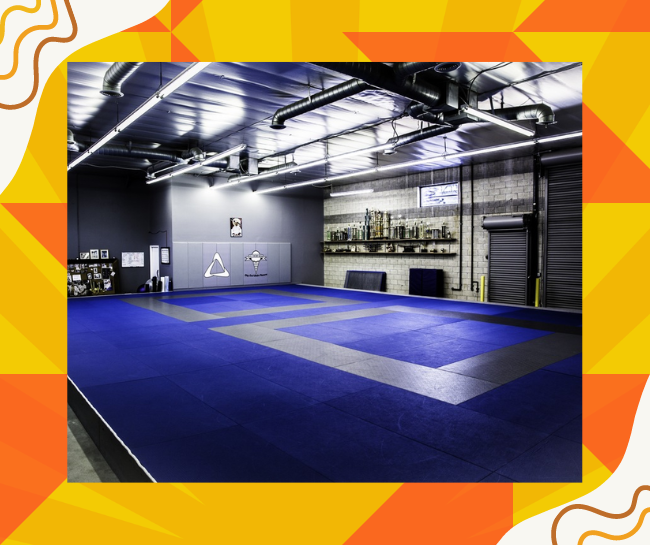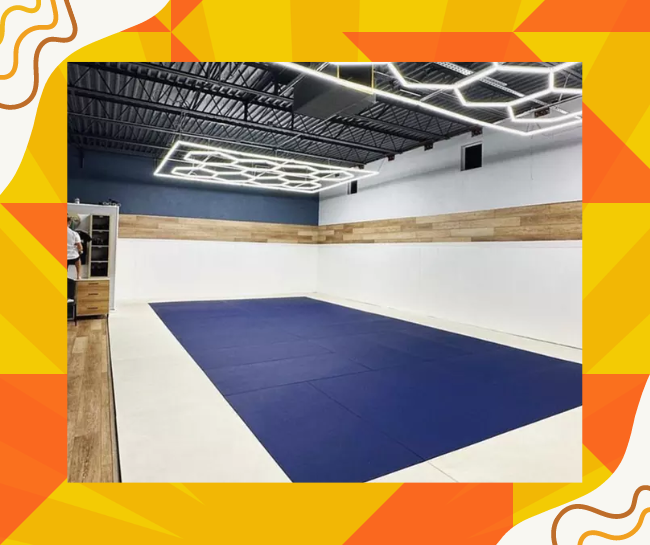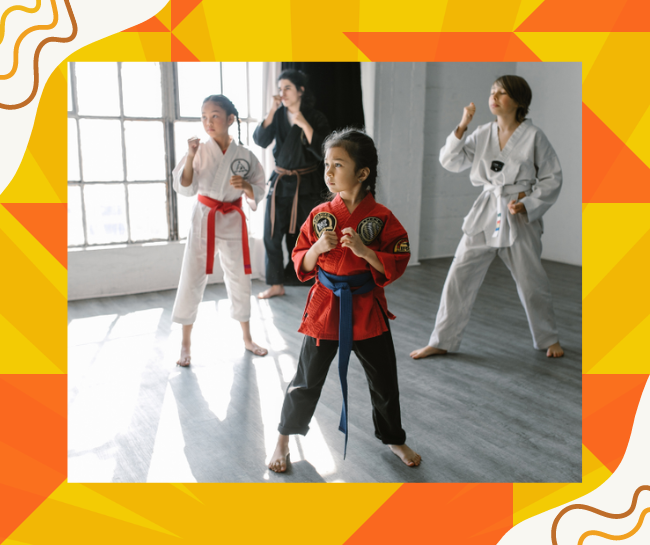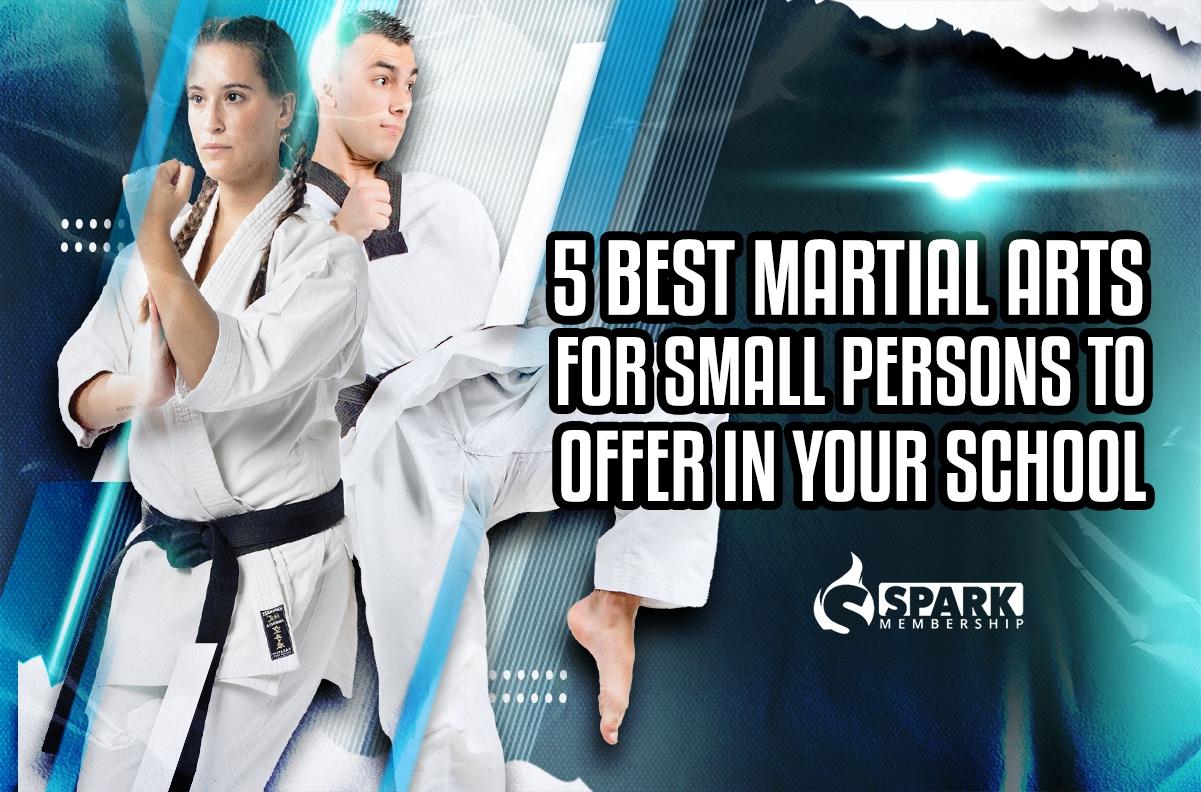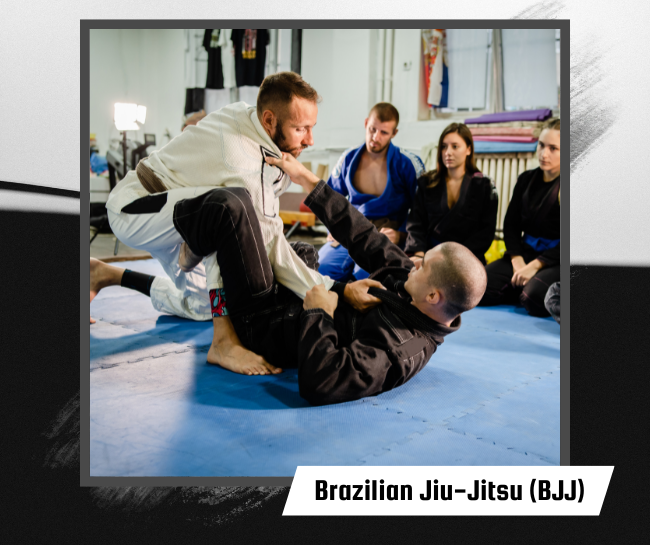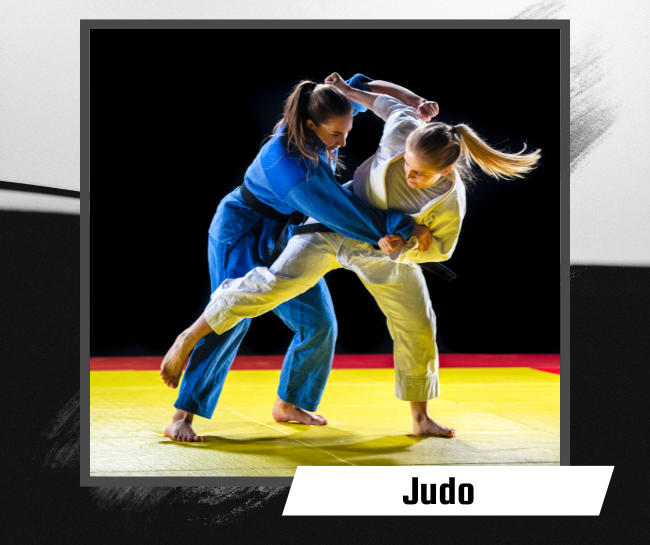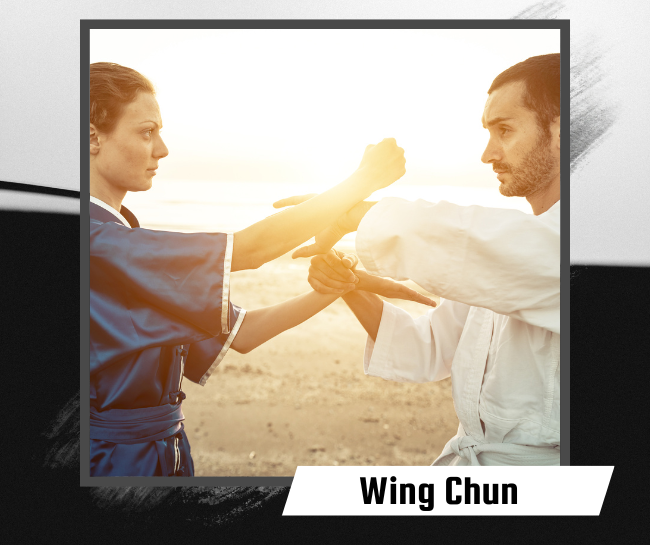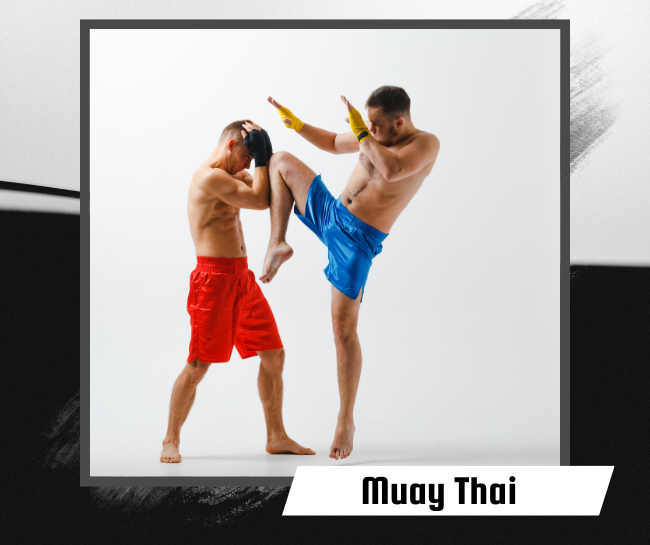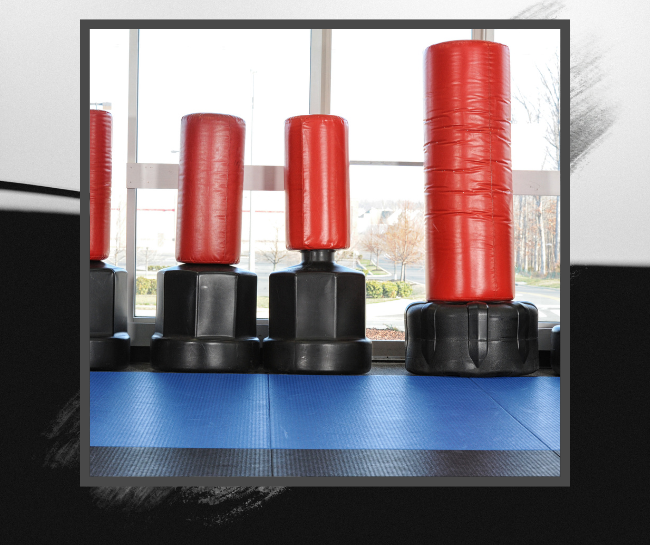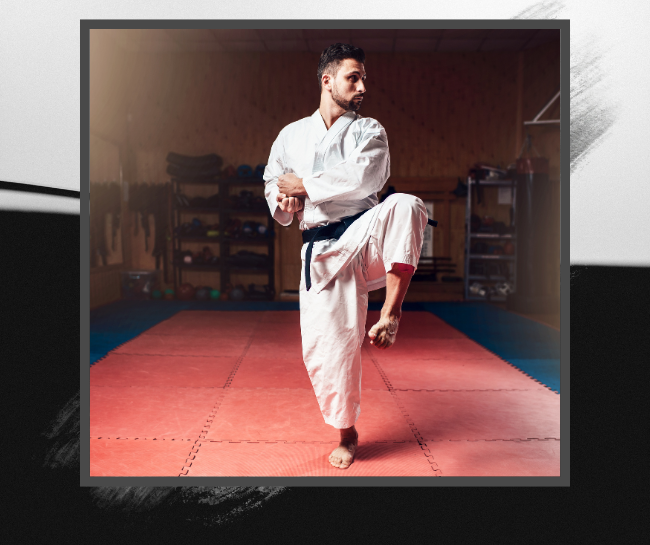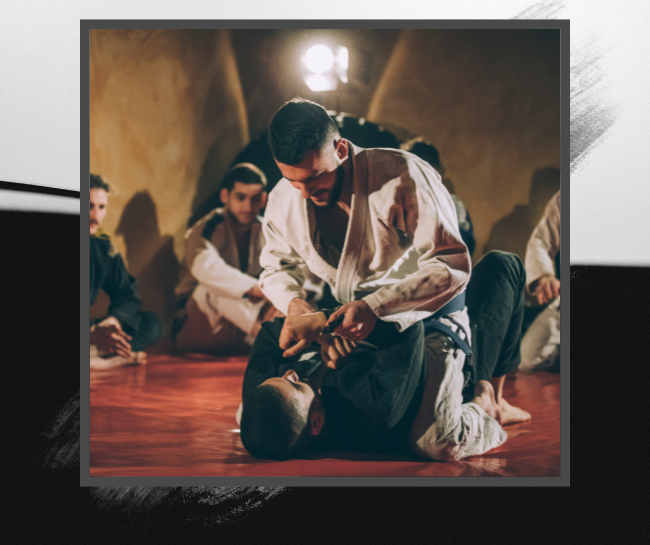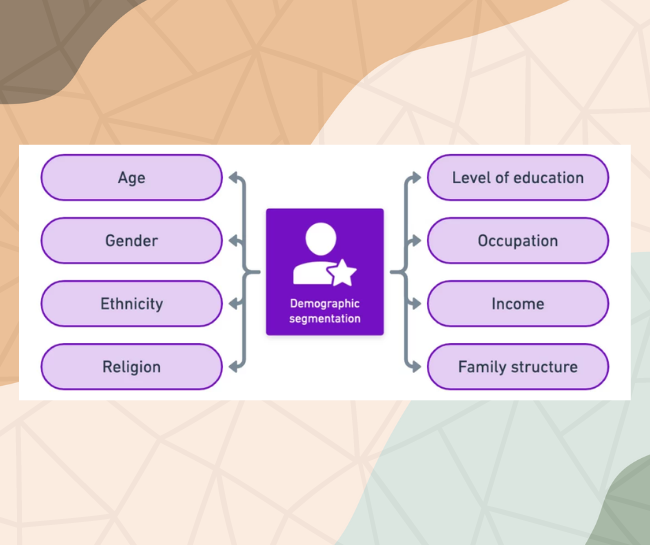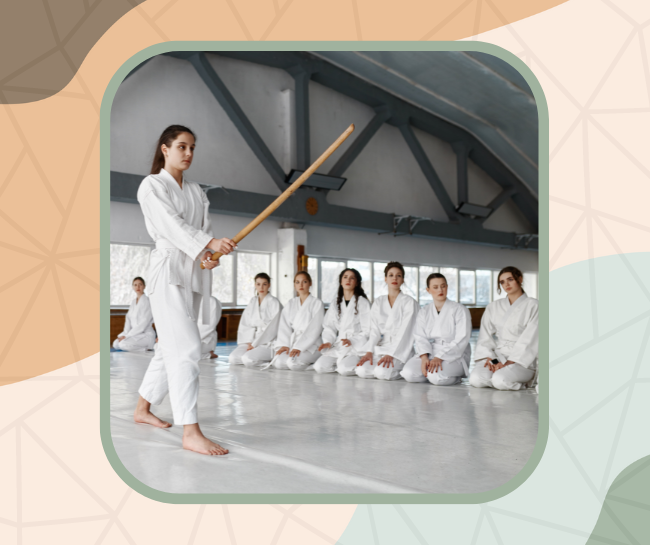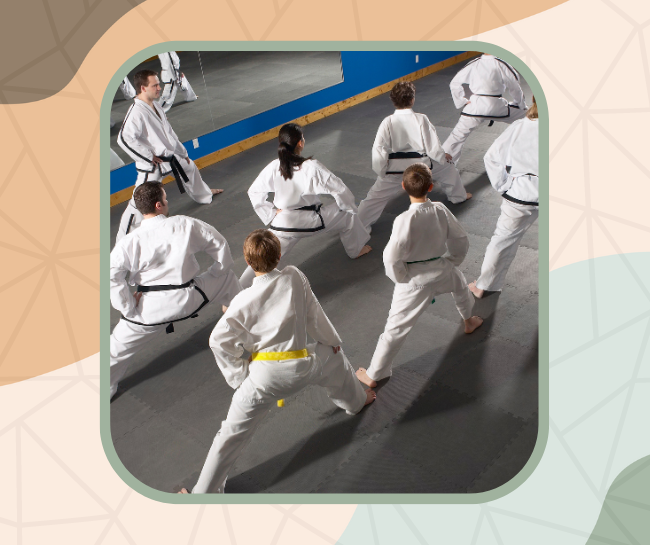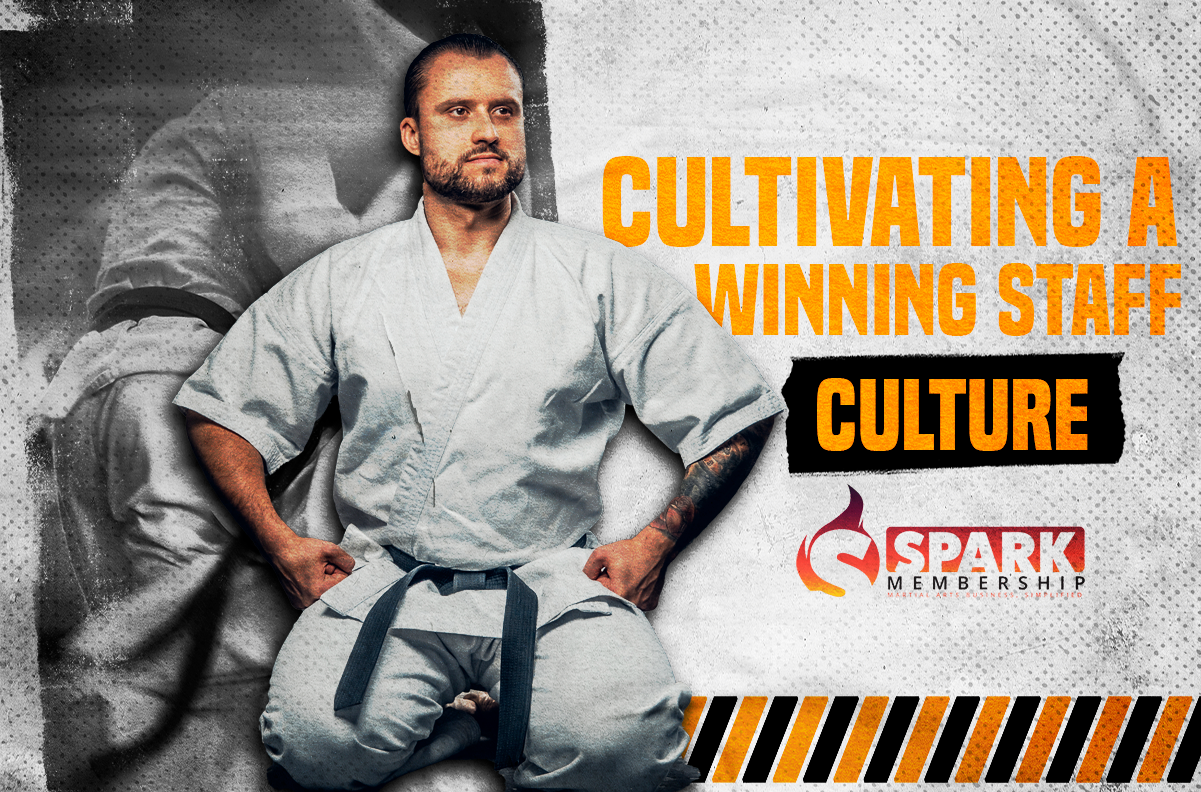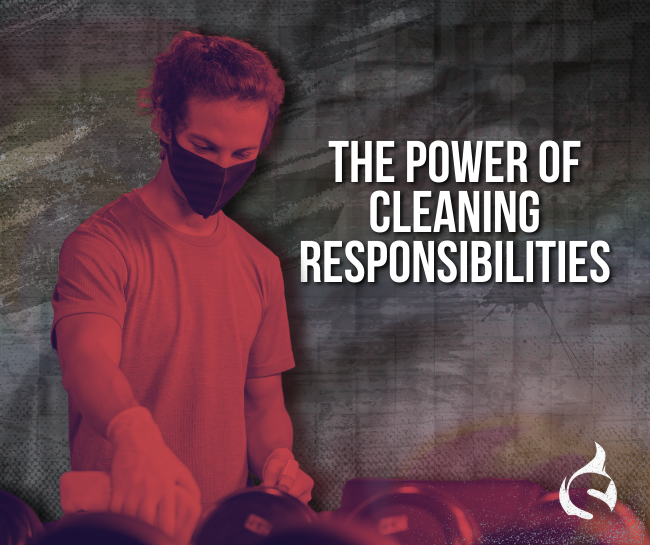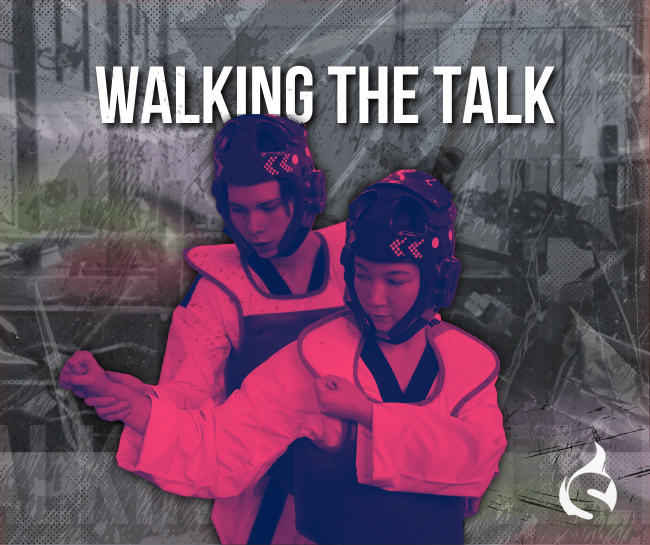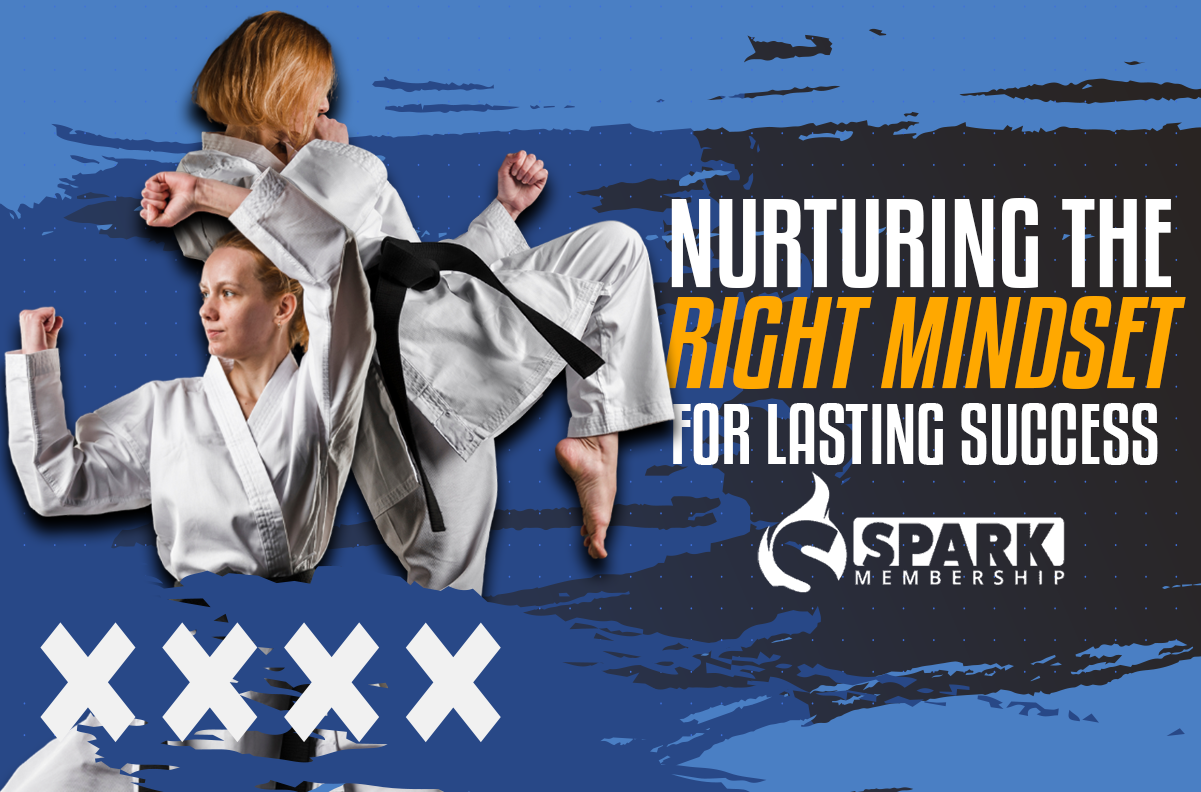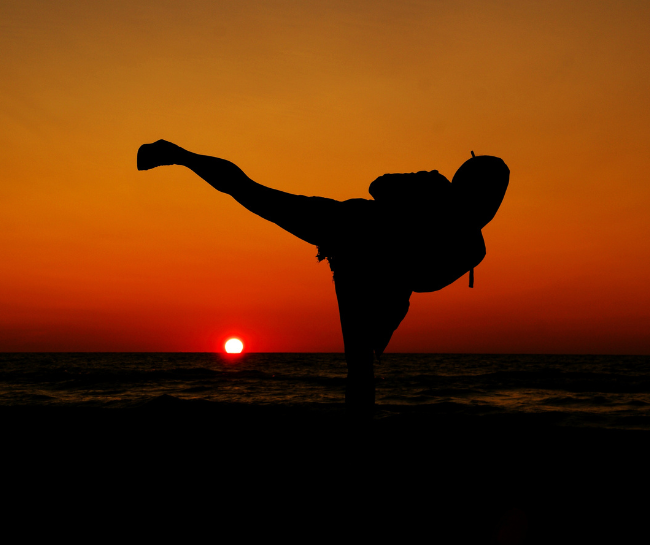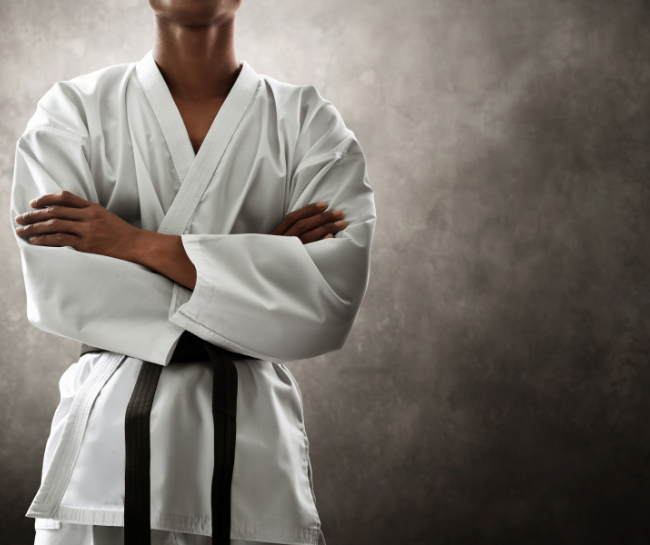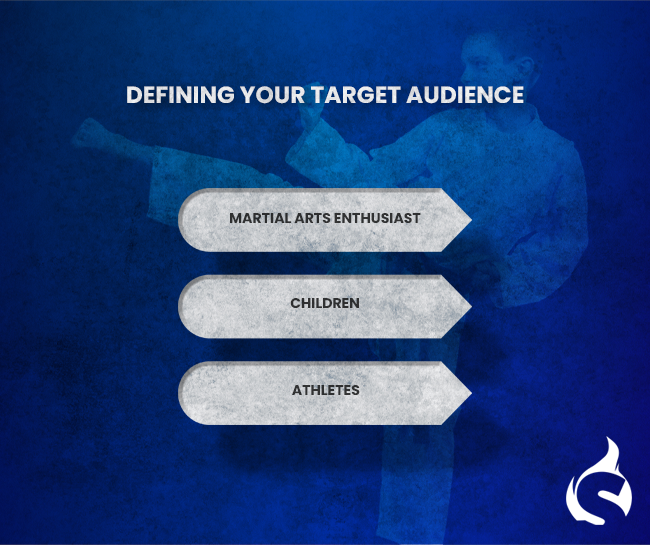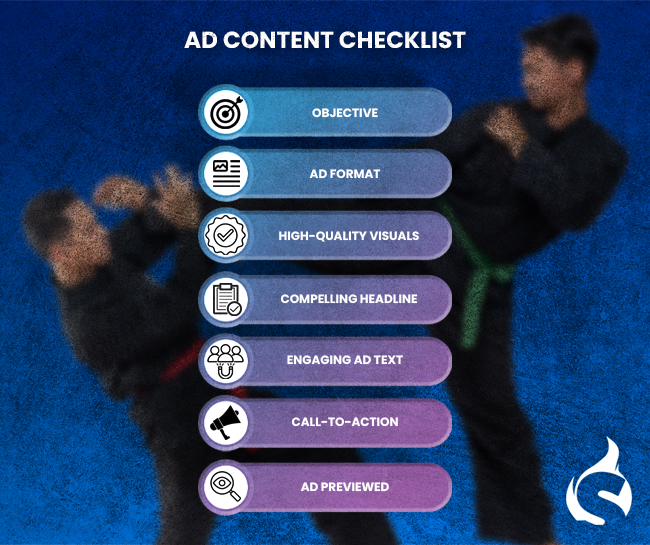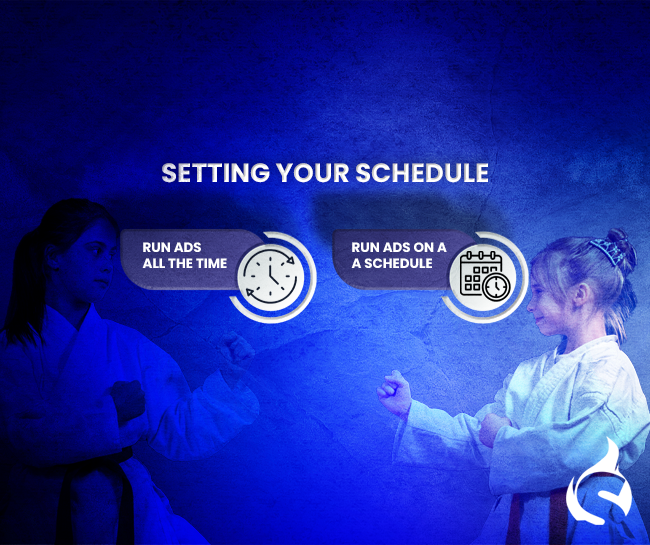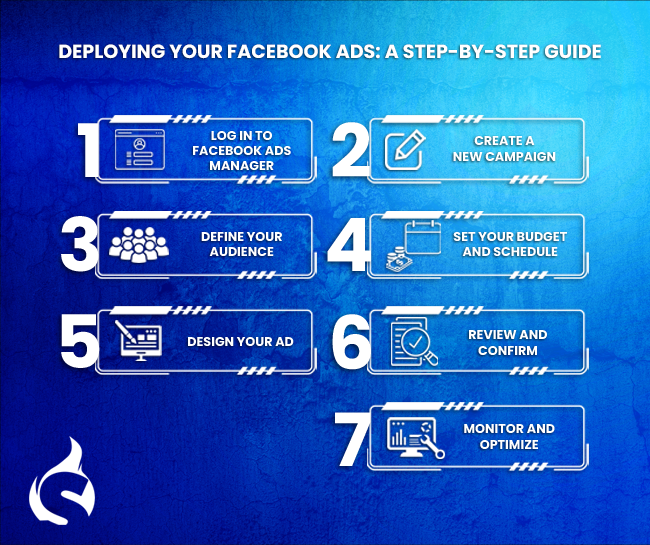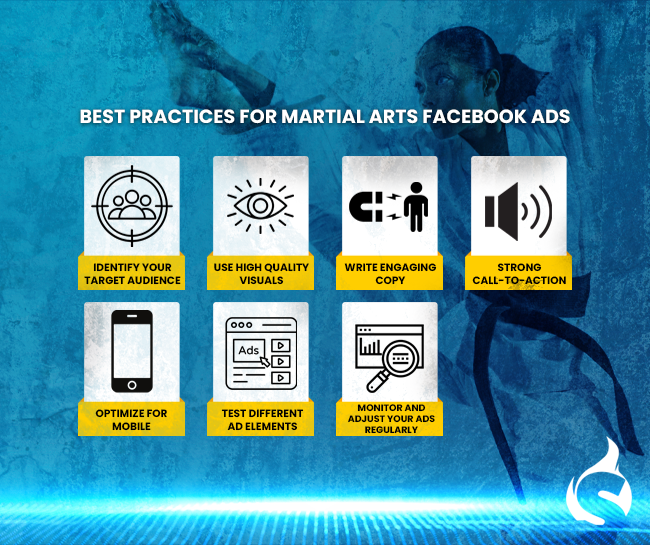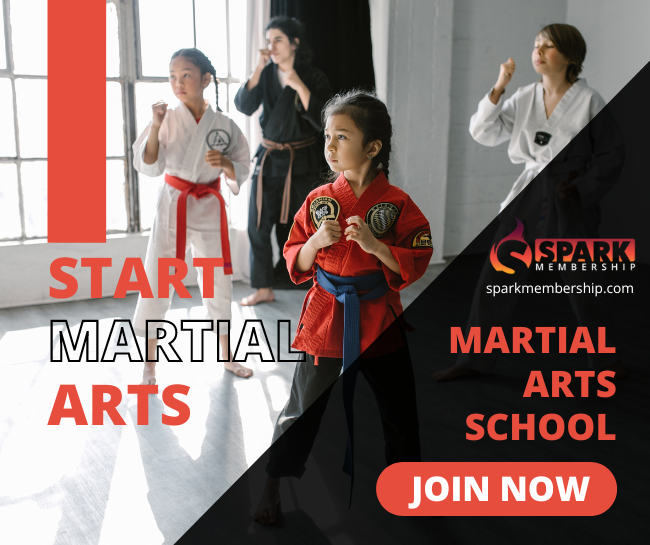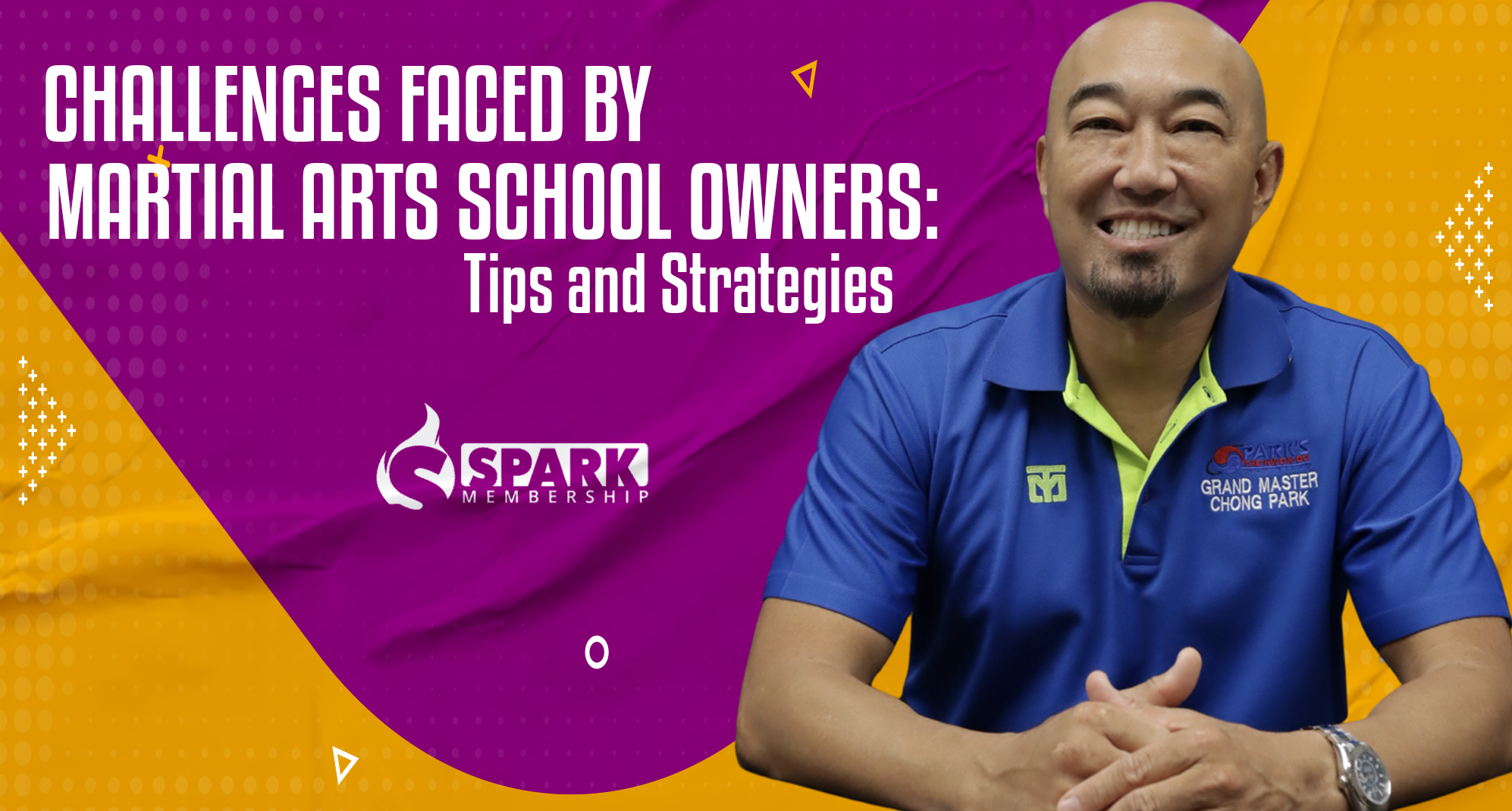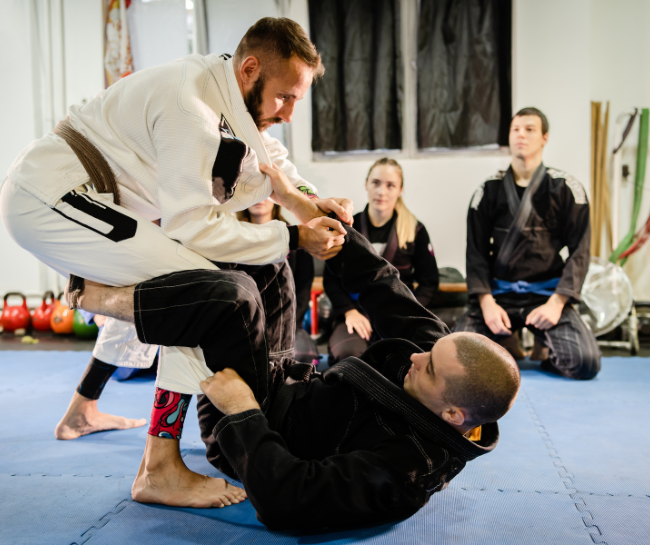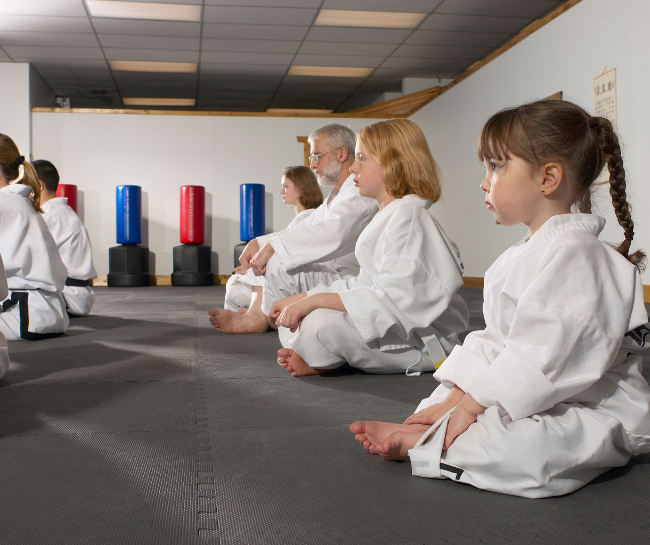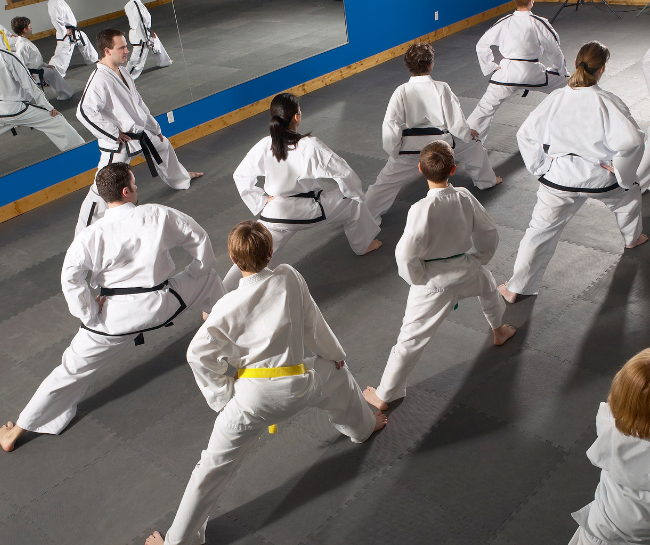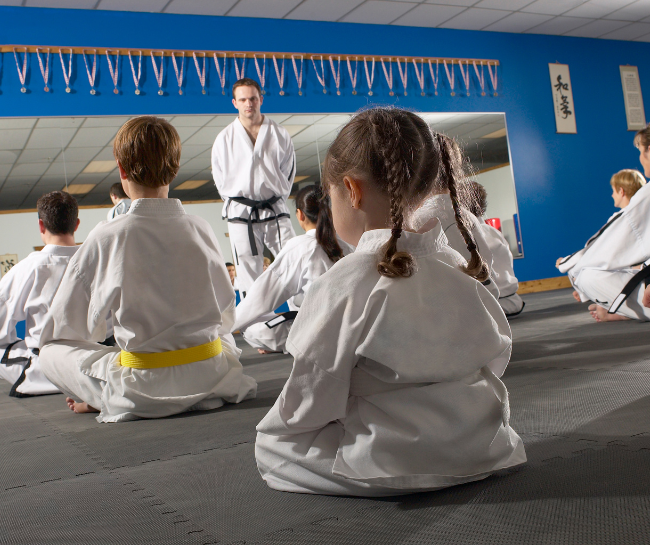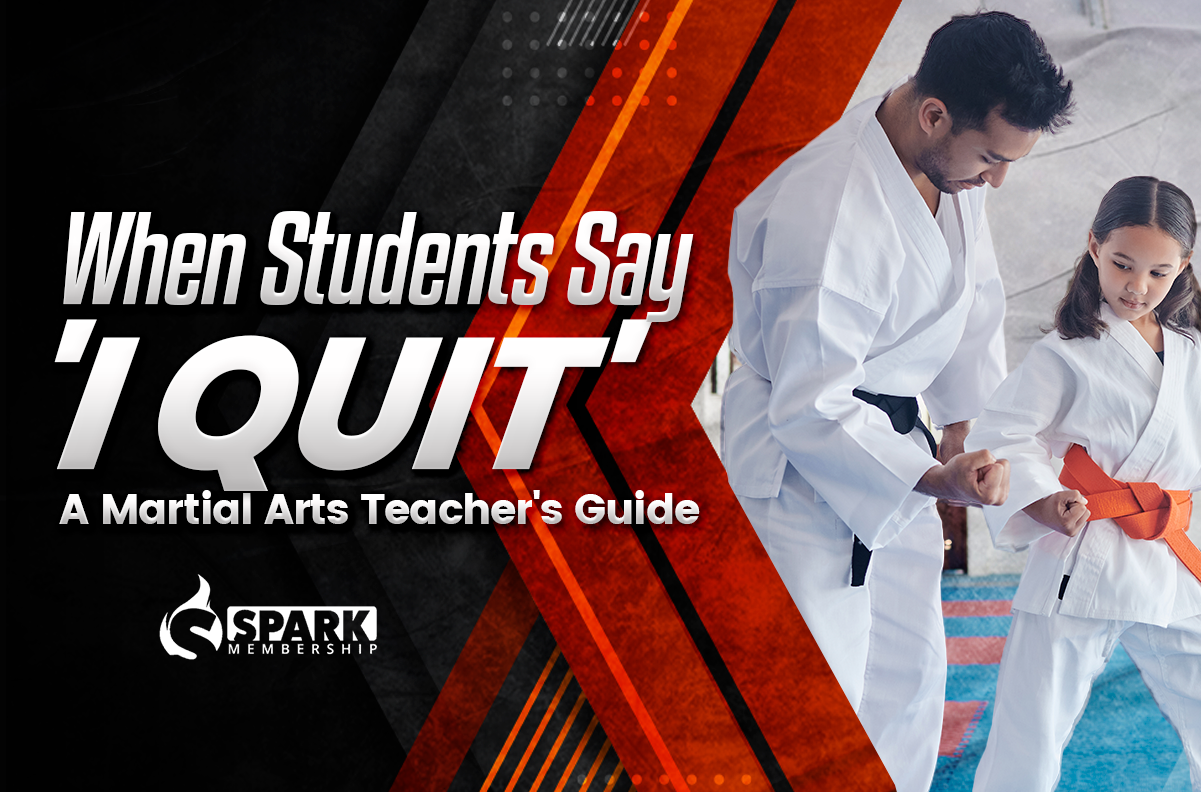
As a martial arts school owner, you know that student retention is a crucial aspect of running a successful school. When students express their desire to quit, it can be challenging to handle both emotionally and professionally. However, embracing the concept of “quitting as part of the journey” can revolutionize how you approach this issue. In this blog post, we’ll explore the concept of perseverance and resilience in martial arts schools and how creating a culture around it can lead to increased student retention and long-term success.
Understanding “Pre-framing” and the Challenge of Student Quitting
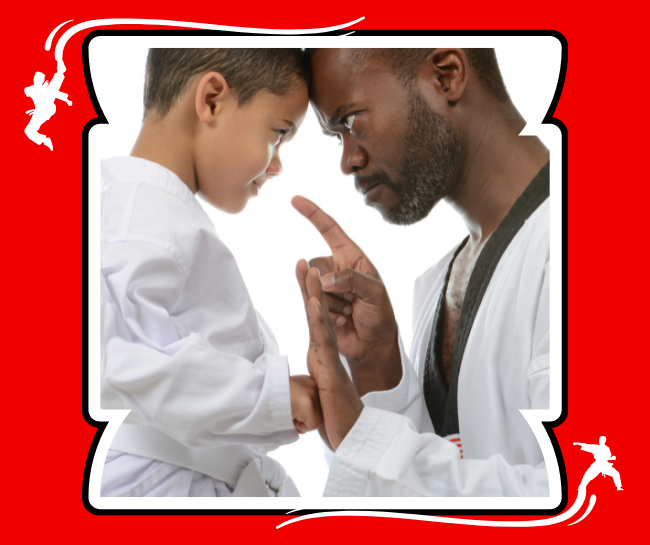
In any martial arts school, the issue of students wanting to quit is a common challenge that school owners must face. By adopting the concept of “pre-framing,” which involves preparing for potential objections, you can proactively address this issue. It’s essential to recognize that every day a student attends class, they are getting closer to the possibility of quitting. However, with the right approach, quitting can become a positive part of their journey.
💡 Like a perfectly executed technique, pre-framing ensures that every step forward becomes a part of an inspiring and transformative martial arts odyssey.
Cultivating a Clear Goal and Purpose
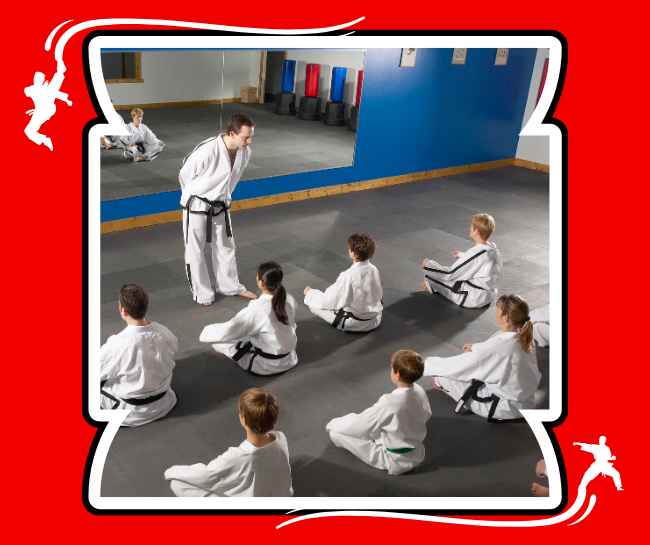
One of the most effective strategies for dealing with student quitting is to create a clear goal and purpose for your martial arts school. Establishing a singular objective for all students, such as achieving a black belt, gives them a sense of accomplishment and direction. By emphasizing that martial arts is a journey and that encountering obstacles like wanting to quit is normal, you can reframe the experience and focus on the valuable life lessons learned along the way.
Nurturing Success Attributes through Adversity
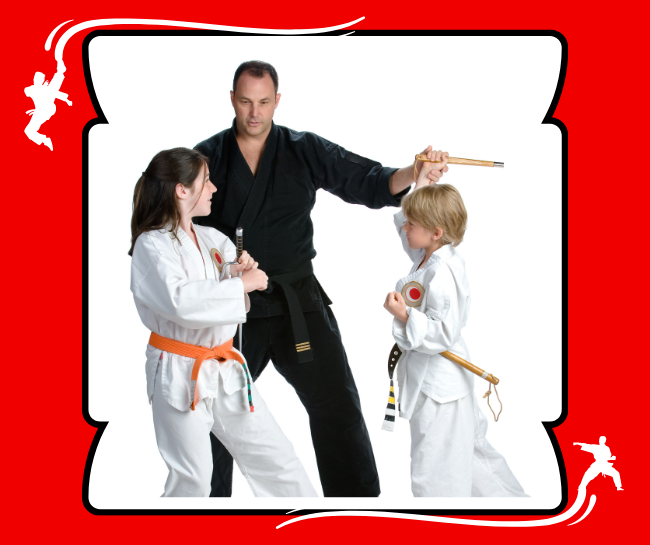
As a martial arts instructor, your primary goal is to instill essential attributes like focus, discipline, and perseverance in your students. A crucial aspect of this process is allowing children to experience the emotions of wanting to quit. By understanding that these emotions are a necessary part of the growth process, parents can learn to embrace them and use the opportunity to teach their children valuable life skills like tenacity and grit.
Handling Quitting: Parents Play a Key Role

When a child expresses the desire to quit, it’s vital to remember that kids don’t quit; parents do. As a martial arts school owner, you have a unique opportunity to guide parents in making the right decisions. By encouraging parents to support their children during challenging moments, you can help children overcome obstacles and develop the resilience needed to achieve greatness in martial arts and life.
💡Parents are the cornerstone of unwavering commitment. When it comes to handling quitting, martial arts school owners know: parents are the silent mentors, sculpting warriors of persistence.
Consistency and Reinforcement
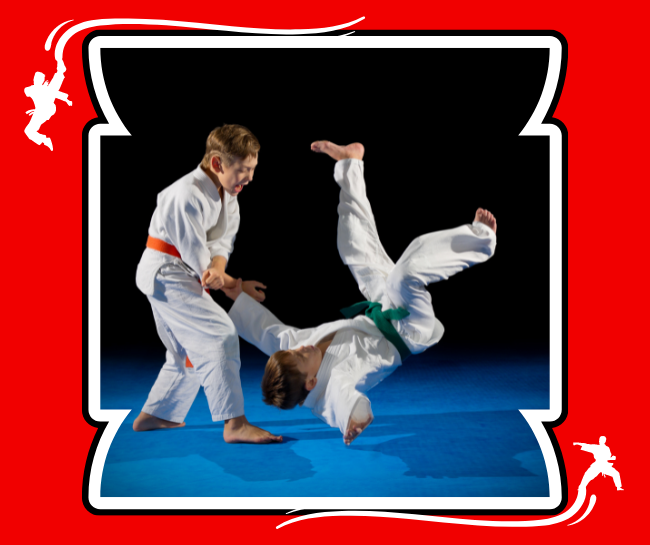
To create a success-driven culture in your martial arts school, consistency is key. Reinforce the message that quitting is part of the journey in every aspect of your school’s activities. From regular classes to graduations and testing, emphasize the value of perseverance and never quitting. By making this philosophy a core value, you can foster a positive environment that promotes student retention and growth.
The Impact of Resilience on Student Retention
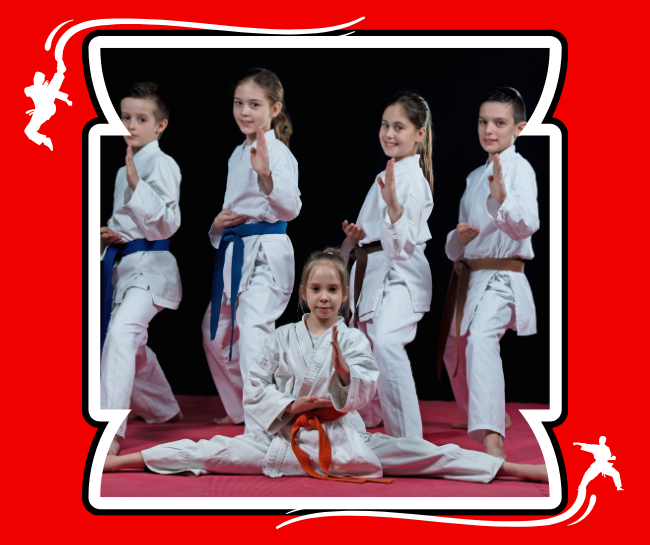
Implementing the principles of perseverance and resilience in your martial arts school can have a profound impact on student retention. Parents will recognize the value of their investment in their child’s martial arts education and appreciate the life skills their children are developing through the journey.
💡Like a strong stance, resilience keeps both instructors and students grounded against challenges. It’s the key that turns setbacks into comebacks, forging a bond that makes students not just learners, but lifelong warriors on and off the mat.
As a martial arts school owner, embracing the concept of “quitting as part of the journey” can revolutionize your approach to student retention. By creating a culture that emphasizes perseverance, resilience, and the value of overcoming challenges, you’ll not only retain more students but also equip them with invaluable life skills. Remember, success is not just about inspiring and guiding; it’s about nurturing the next generation of martial artists who can overcome adversity and achieve greatness.
Discover why students quit martial arts and how to keep them engaged. Read our blog: ‘3 Reasons Why Students Quit Martial Arts and What to Do About It?’ 🔥
Supercharge your school’s success with Spark Membership Software. Streamline operations and fuel growth.


